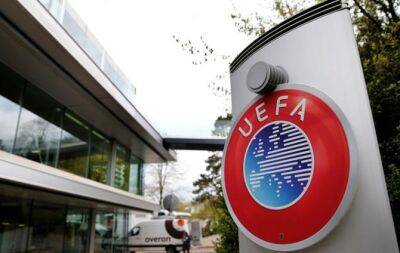France’s twisted attitude to fans led to Champions League chaos
The Champions League final fiasco was a complex, multilayered organisational failure. But the events that unfolded in the hours before the game and late into last Saturday night in the surroundings of the Stade de France originate in the twisted relationship that France as a country has with football fans – one of contempt, fascination, and, ultimately, fear.
French fan culture is relatively new compared with those of other European football nations. Born in the mid-1980s, the scene was largely influenced by Italy and England, before supporters’ groups built their own identity in the 1990s. The first specific football-related security legislation goes back to 1993 and set the tone that soon became a standard for all fan-related public policies: supporters are a nuisance and need to be treated as such.
The French approach to securing football events is quite unique in Europe. It is archaic, rarely evidence-based and springs from the assumption that fans need to be managed, disciplined, controlled. Some of this comes from an outdated approach to policing all crowds, but much of it is football‑specific.
France is the only country in Europe that imposes no less than three different types of stadium bans: judicial, administrative and club-issued. We are also one of the few countries to impose serious limitations on the freedom of movement of supporters, who are regularly barred from travelling within our own country.
How is this relevant to those Liverpool fans who travelled to Paris? Away travel bans or strict travel restrictions represent an admission of failure from the public authorities, who have failed to protect supporters’ fundamental rights to the extent that they chose to limit them.
They are often based on farcical




